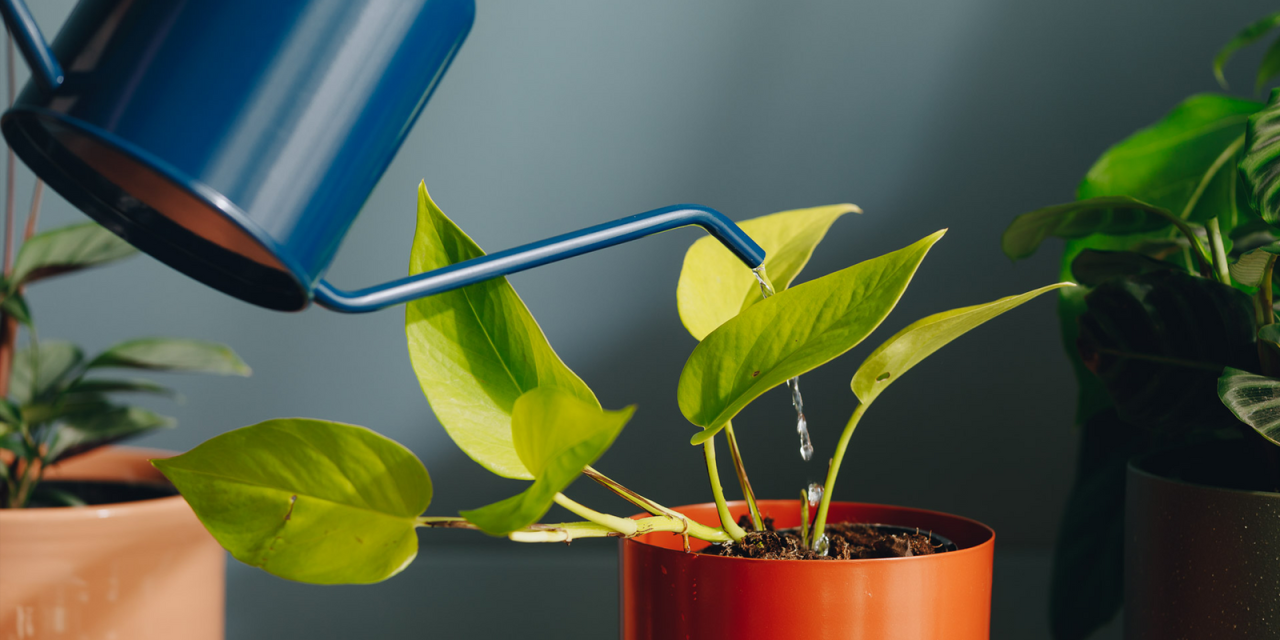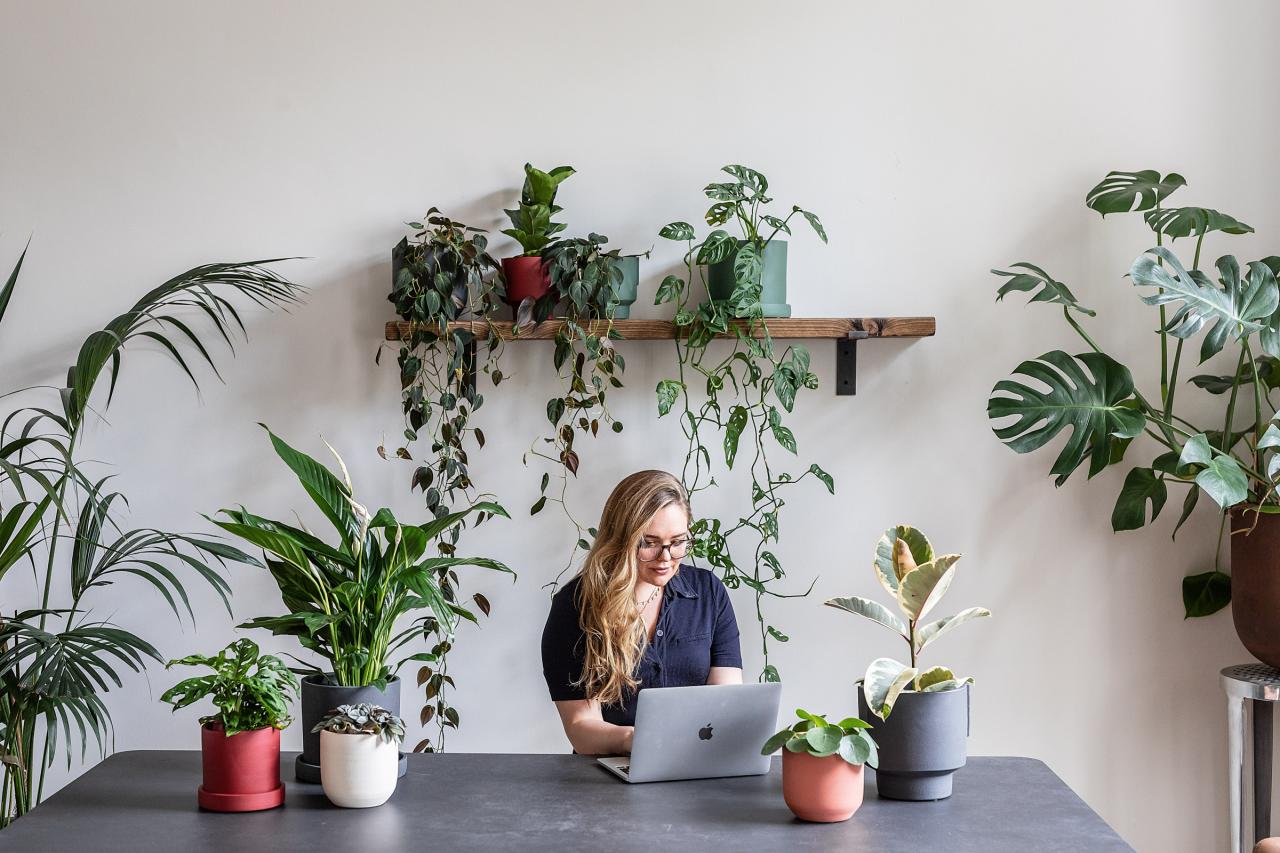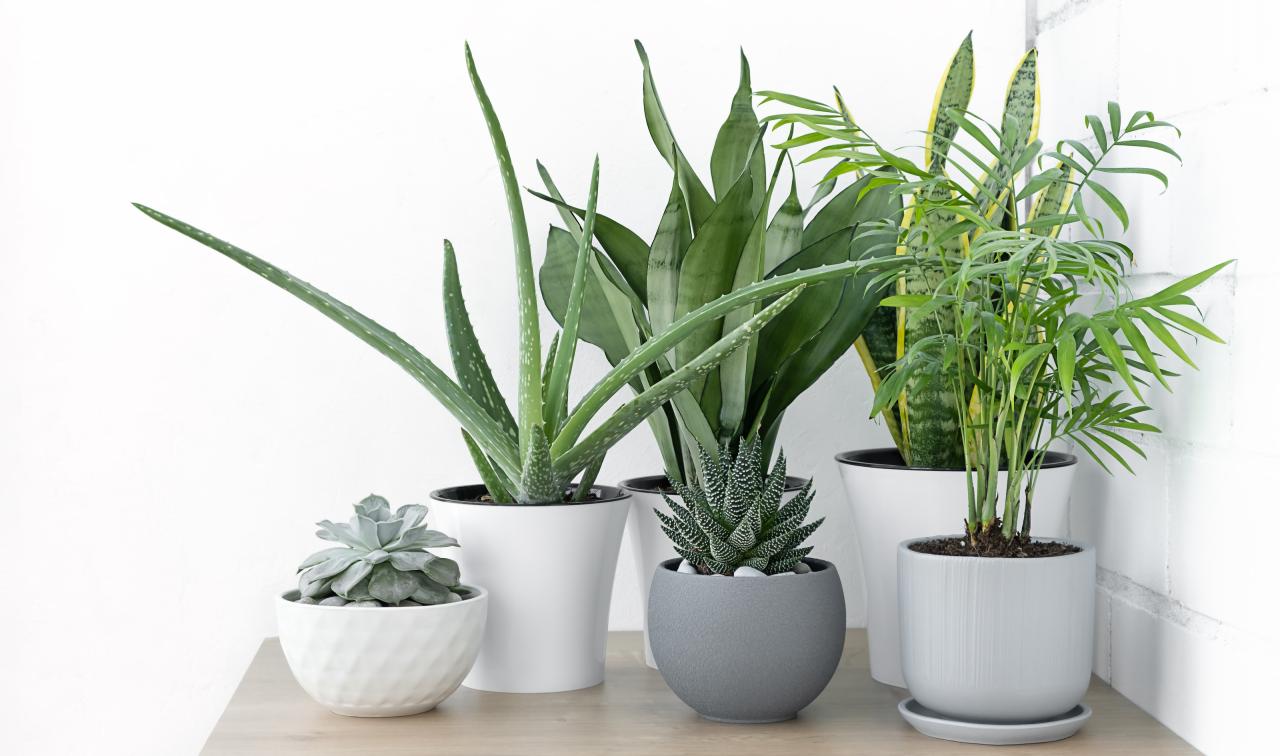Indoor plants are not just decorations; they’re living companions that bring nature’s charm into our homes. Nurturing these green allies requires attention, care, and a touch of green-thumb finesse. Here’s a guide to help you cultivate healthy and thriving indoor plants:
1. Light Requirements:
Understanding your plant’s light preferences is crucial. Some thrive in bright, indirect light (like many tropical plants), while others prefer low-light conditions (such as snake plants or peace lilies). Place your plants accordingly to ensure they receive the right amount of sunlight.
2. Watering Needs:
Balancing watering is key to your plant’s health. Overwatering can lead to root rot, while underwatering can cause wilting and stress. Water thoroughly but ensure proper drainage to prevent waterlogging. Test the soil moisture before watering—stick your finger into the soil; if it feels dry, it’s time to water.
3. Humidity Control:
Some indoor plants, especially tropical varieties, thrive in higher humidity levels. To replicate their natural habitat, consider misting the leaves regularly, placing a tray of water near the plants, or investing in a humidifier to maintain an ideal environment.
4. Proper Potting:
Choosing the right pot and soil is crucial for plant health. Use pots with drainage holes to prevent water accumulation and choose well-draining soil suitable for your plant species. Repot your plants when they outgrow their containers to provide ample space for root growth.
5. Temperature and Environment:
Maintain a stable and suitable environment for your indoor plants. Most houseplants prefer temperatures between 65-75°F (18-24°C). Protect them from drafts or sudden temperature fluctuations and avoid placing them near heaters or air conditioners.
6. Fertilizing Routine:
Regular fertilization provides essential nutrients for plant growth. Use a balanced, water-soluble fertilizer at half-strength during the growing season. However, avoid over-fertilizing, as this can harm your plants.
7. Pruning and Maintenance:
Regularly prune dead or yellowing leaves and spent flowers to encourage new growth. Check for pests or diseases and treat them promptly using natural or organic solutions to prevent infestation.
8. Observation and Adjustment:
Pay attention to your plants and adapt your care routine accordingly. Plants communicate their needs through their appearance. Wilting, yellowing leaves, or drooping might signal issues with water, light, or other conditions.
9. Propagation and Growth:
Propagation allows you to grow new plants from cuttings or divisions. Research specific propagation methods for your plant species and enjoy the rewarding process of expanding your indoor garden.
10. Patience and Learning:
Nurturing indoor plants is a learning journey. Each plant has unique needs, and patience is essential as you observe and adjust your care routine based on your plant’s responses. Don’t be discouraged by setbacks; every experience is an opportunity to learn and improve.
Cultivating healthy indoor plants is a rewarding endeavor that not only adds greenery to your living space but also fosters a sense of connection with nature. As you nurture these green companions, you’ll find yourself reaping the rewards of a greener, more vibrant indoor environment.



